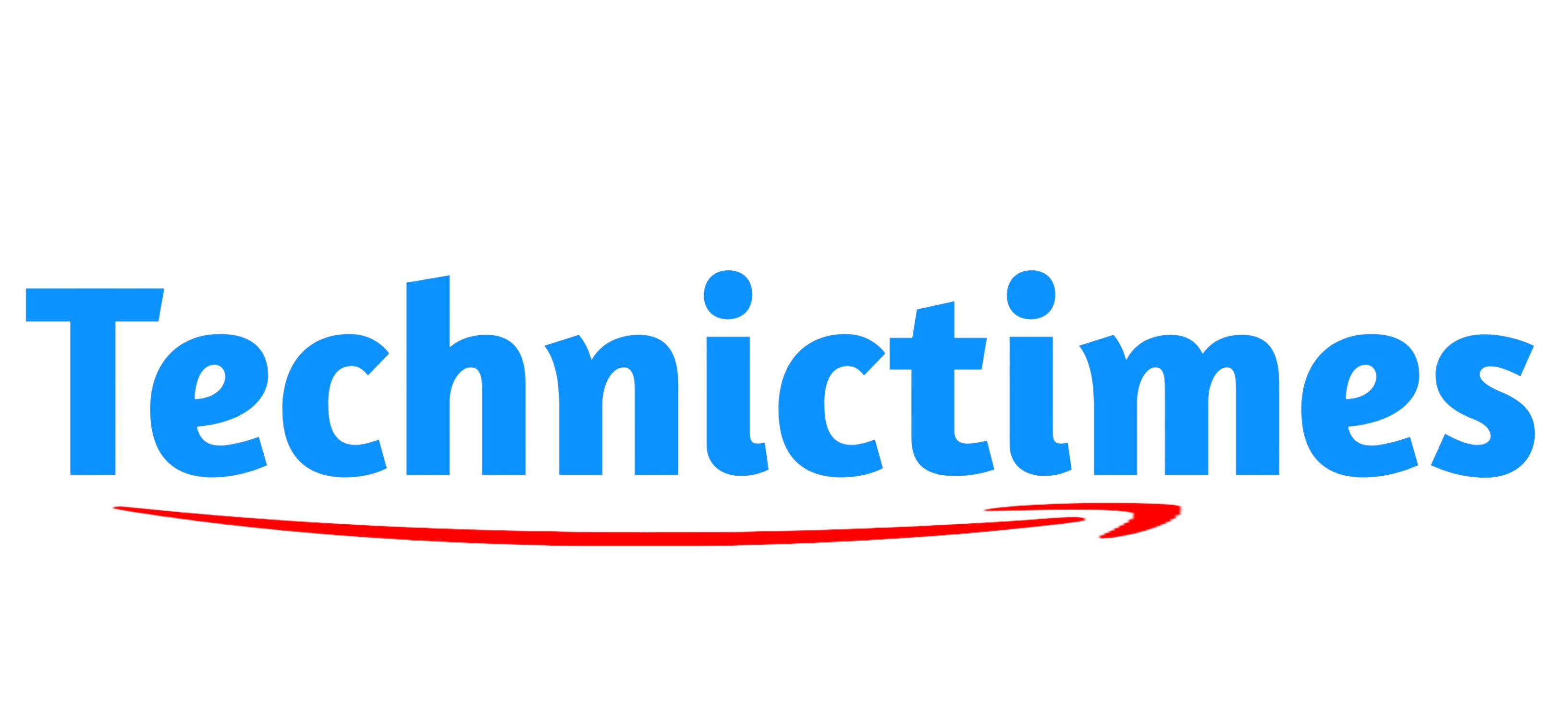Laser radiation has a considerable risk potential, especially for the eyes, due to its physical characteristics, such as good beam quality and focusability. To protect the eyes from lasers, specialized optical filters are employed as laser safety eyewear or laser safety windows.
There is a need for filters tailored to the wavelength and strength of the laser source because each laser can emit at least one, but occasionally multiple distinct wavelengths depending on its active medium and structure. These filters should transmit the most “normal” light possible,
Laser safety windows can be extremely useful in various circumstances, as any industry professional is aware. They ensure the environment is safe and secure even in high-risk scenarios by shielding anyone exposed to the laser from its negative effects. Yet, it’s crucial to make sure you locate high-quality materials when choosing the appropriate windows for your environment to give your staff the best protection.
Using a laser to engrave acrylic: What you should know
A laser cutter and engraver can be used safely with various materials, whether a desktop laser cutter or an industrial laser cutter; numerous varieties of plastic are available in shapes that are handy for any laser. Nevertheless, not all are safe because they can release dangerous gasses when heated or burned. Acrylic can be safely engraved with lasers, and CO2 lasers make fantastic acrylic cutters. While cutting acrylic may produce a pungent scent, if your fume extraction system is properly configured, neither you nor your machine will be harmed. The following will provide information on laser-blocking acrylic so you can use it and obtain the greatest outcomes.
Laser Engraving on Acrylic: Properties
Origins: Acrylic (Polymathic-Methacrylate, or PMMA), a thermoplastic that may be made in a variety of colours and levels of transparency, is a product of natural sources. Acrylic is safe and performs exceptionally well with CO2 lasers, unlike many plastics that should never be used with a laser.
Rigidity: Acrylic plastic can be fragile if cut into too-thin strips with a high impact strength. The rigidity of acrylic increases with its thickness. Acrylic is also referred to as “Plexiglass,” a material with a high impact strength.
Durability: Acrylic is very weatherable in most situations; however, when exposed to the sun’s UV rays, it may warp, and its colours may fade or change. Depending on the colour and manufacturer, this will change.
Quality Manufacturing: High-quality, easily-accessible acrylics are available for laser engraving and cutting on acrylic. Many producers and sellers specifically list acrylic products as being “laser-able.”
Acrylic Considerations
Fumes: While acrylic vapour does not have the same lethal poisonous, or machine-damaging properties as PVC, it can emit unpleasant scents and irritate the skin. It could make people feel uncomfortable if they are sensitive to strong odours. Use a suitable exhaust system at all times.
Masking: A thin coating that protects the acrylic is frequently included with acrylic. In most circumstances, this should be removed; however, some people keep the film on to safeguard the piece’s bottom while it is being rasterized in a laser cutter. You might obtain better results if you leave the masking on your acrylic material as it cuts. Always keep extra acrylic sheets or scraps on hand to test different designs and see which ones suit your needs best.
Plastic and lasers
Like wood, we want our acrylic to be as flat as possible if we slot it into a box or other 3D item. We advise using callipers to obtain an exact measurement because material thickness can vary. Laser cutting and engraving may need help focusing on acrylic sheets if they don’t sit perfectly flat. Deformed acrylic sheets can be easily fixed using weights or clamps to secure them to the honeycomb. Grab a laser shielding sheet from our stores today.

